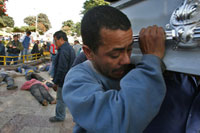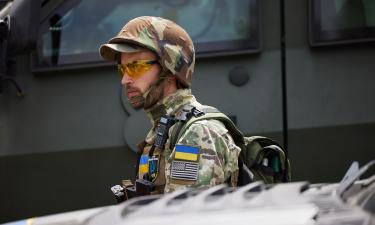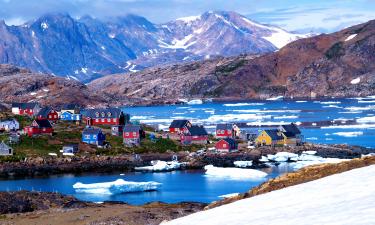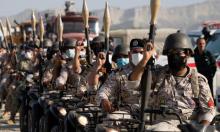Peru tries to recover after devastating earthquake
As the affected population buries the 513 dead, aid slowly comes to the damaged areas.

“Water, water. We need water”, yells a woman as a military van patrols the streets of Pisco, the most devastated city by last week’s earthquake. As she, thousands in this town blame authorities for the poor aid they received, as bury their relatives in a partially destroyed graveyard.
Authorities in Peru are winding up rescue operations and are shifting their attention to recovering bodies, providing aid and reconstruction. Officials say there is little chance of finding anyone alive under the rubble in the southern port city of Pisco, one of the areas devastated by the earthquake. Wednesday's 8.0 magnitude quake killed at least 540 people, including about 300 in Pisco.
Aid from neighbor South American nations arrived in Peru during the weekend, as well as help from Europe and the United States. However, Pisco citizens do not see it coming, as distribution has been poorly organized by authorities.
Apart from lack of aid, affected citizens claim for insecurity during the night, when bandits of looters assault living houses and public buildings to take as much as they can. The military patrols the street, but lack of energy supply makes almost impossible to detect thieves.
The two-minute-long quake that hit Peru’s central coast left at least 1,500 people injured and thousands homeless. Relief workers say many families are staying out in the open because of aftershocks, increasing the risk of becoming ill from the cold.
Peruvian President Alan Garcia has appealed for calm as relief workers try to deliver aid to survivors. The president has said he understands people's desperation but promised no one would die of hunger or thirst. He has promised that quake-hit areas will be rebuilt.
As President Garcia commented that, homeless lined up for hours for blankets, food and water. Aid groups said Peru's government should have been better prepared. Towns did not have basic equipment like back-up generators to keep hospitals open, phones working and water flowing.
Garcia arrived in the disaster zone hours after the quake and has spent days there trying to sort out the confusion. He said on Monday he would create a special agency to lead the clean up and rebuilding effort.
The quake, was one of the worst disasters in Peru in the last century. In 1970, an earthquake killed 50,000 people in avalanches that buried the town of Yungay.
Hernan Etchaleco
Pravda.ru
Subscribe to Pravda.Ru Telegram channel, Facebook, RSS!




